Raoul Falconia Whitfield (1896-1945) is probably best remembered for his hardboiled crime fiction published in Black Mask such as the Jo Gar stories about a Filipino detective in an inter-war Manila. But Whitfield also wrote fiction for titles like Adventure, Blue Book, Breezy Stories, Everybody’s Magazine, as well as Battle Stories, War Stories, Boy’s Life and Air Trails. Frequently his stories in Air Trails featured “Buck” Kent, an adventurous pilot for hire. The stories, although more in the juvenile fiction vein, do feature some elements of his harder prose.
The July 1929 issue of Air Trails featured two pieces by Whitfield. There was the monthly dose of the adventures of “Buck” Kent and in the back of the issue was a cheifly autobiographical piece from his time as an aviator in the first World War. The autobiographical article is presented below; while the “Buck” Kent story, “Sky Lines” can be downloaded at the bottom of the post.
Sky Seconds That Count
by Raoul Whitfield • Air Trails • July 1929 (vol.2 no.4)

Mr. Whitfield, famous pilot-writer, author of the “Buck” Kent stories, tells about some of his own exciting moments in the air.
THIS fellow Whitfield has had some sky seconds, that have counted—even if he has to interview himself in order to admit it. We have to go back a few years to the days when army pilots didn’t pack ‘chutes; when stabilizers and inertia starters were things to talk about and say: “Well, maybe. Ten years from now—maybe.”
We have to go back to the days when a lot of good chaps were getting into tail-spins and not getting out of them. Back to war days.
There was the time a De Haviland’s Liberty conked out, over the Gironde River in France. That wasn’t so good, even though Lieutenant Whitfield did stretch the ship’s glide and reach a sandy strip along the stream’s edge. There was the time a Nieuport got her nose down and went into a tight spin five hundred feet off the ground, near Issoudoun, France.
That wasn’t so good, even though she whipped out of it a hundred feet above the earth. And there was still another time when a gray wall of fog swept northward across Colombey-la-Belle, and sent the lieutenant down for a nose-over on a soggy stretch too close to the front for comfort. And there were the seconds when a J.N. 4’s wings scraped those of another Jenny—at Kelly Field, Texas.
But the sky seconds that counted most slipped by at St. Jean de Monts, on the Bay of Biscay, France. This fellow Whitfield was flying a dep-control S.A.E. She was a terrible crate, and he was testing her out for target towing.
In the rear cockpit of this two-place ship was a noncom who had never tossed out a wrapped target sleeve before. The lieutenant was flying over the beach, headed into the wind.
He got the ship’s nose up and nodded his head. The noncom stood up and the prop wash battered him off balance. Instead of tossing the packed silk out, he held it momentarily.
Whitfield shoved the wheel forward and the nose dropped. A down current dropped it a bit more. The noncom recovered his balance—and let the packed target sleeve go.
The tail assembly slanted up—and the silk lodged between the rudder and elevator fins. The wind pressure jambed it there, tight—very tight. The plane was going down with power on, her dive angle around thirty degrees. And the more Lieutenant Whitfield tugged on that wheel—the worse the silk sleeve jamb became!
Seconds were counting, and counting big!

THE lieutenant swore at the noncom, howled at him to jerk the pack loose. The lieutenant cut the throttle speed, and stared down at the white beach. The ship had less than two thousand feet, and her dive angle was just right for a sweet crash.
A crash in this particular plane meant that the pilot would rate the engine in his lap, and plenty of fire to top off. Whitfield was pretty scared.
But he worked the wheel forward and backward, perhaps an inch. That would have meant something in a Nieuport or a Sop. But this crate didn’t notice the movement. And the target sleeve stuck like Bishop on a Boche’s tail.
The noncom was pulling at the rope coil—methods were crude in those days—but it was no go. Five hundred feet above the sand, Lieutenant Whitfield cut the ignition switch and thought of a girl back in the States. (He married the other one later).
He was still tugging at the wheel control, a hundred feet off the sand. But the dive angle was still thirty degrees or better. It looked like he’d eaten his last Bay of Biscay lobster and partaken of his last bottle of Mumms’ champagne. Then the wheel pulled back an inch—two inches—three inches! That helped.
There was still plenty of crash. The undergear went first, then a wing ripped along and buckled. The plane nosed over and the prop splintered. The pilot and the sergeant crawled out of the wreckage. The ship didn’t burn. She sizzled, but she didn’t fry.
The silk sleeve was still lodged between the rudder and elevator fins, partially opened. As the lieutenant writes, he yawns and looks at a splinter of that ship’s prop, hanging on the wall.
A lot of seconds pass by in eleven years. But he didn’t yawn then—and every second counted when he tugged at that diving crate’s wheel.

AND now down to New Orleans where “Buck” Kent has been earning his keep with a little sky writting, and some favors on the side in Raoul Whitfield’s “Sky Lines.”
“Buck” Kent matches his airman’s wits with the snarling bullets of bandit guns.
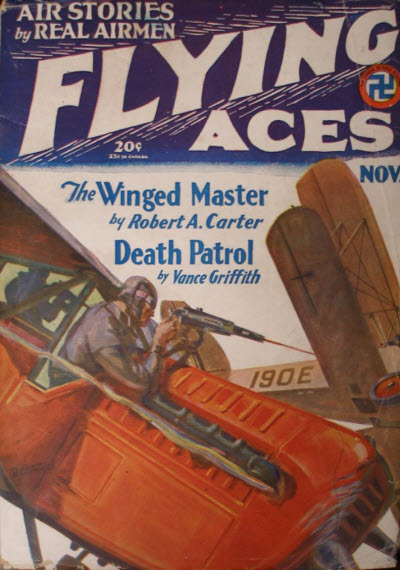 deep into the dog days of summer, we thought we’d give you a shaggy dog story from the pen of Joe Archibald. Instead of our usual Phineas Pinkham mirthquake we have the story of Muggins, a scottish Irish terrier, that finds himself taken in by a squadron fighting a loosing battle with the Germans and turns their luck around!
deep into the dog days of summer, we thought we’d give you a shaggy dog story from the pen of Joe Archibald. Instead of our usual Phineas Pinkham mirthquake we have the story of Muggins, a scottish Irish terrier, that finds himself taken in by a squadron fighting a loosing battle with the Germans and turns their luck around!




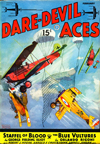





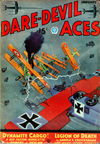
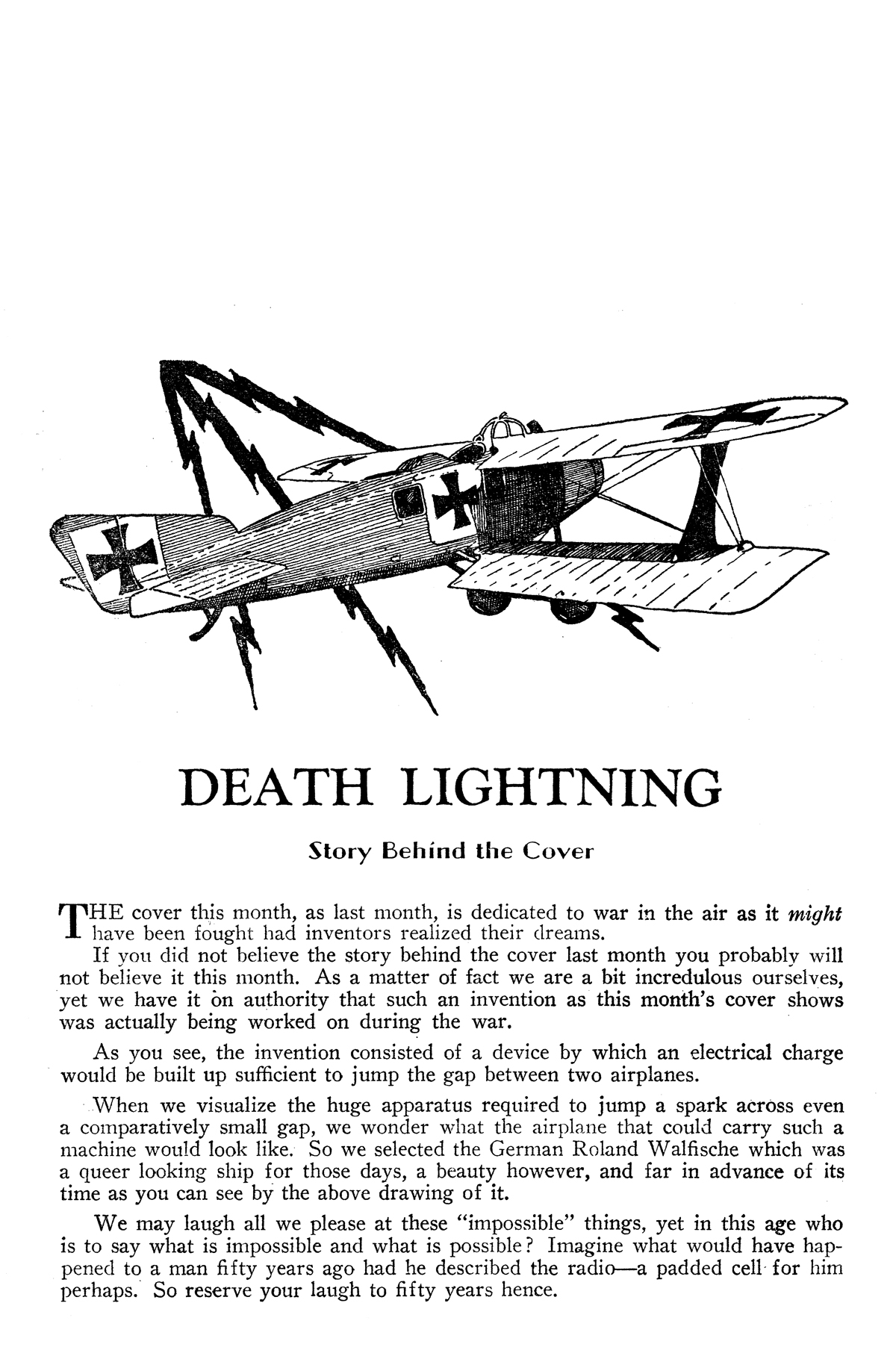
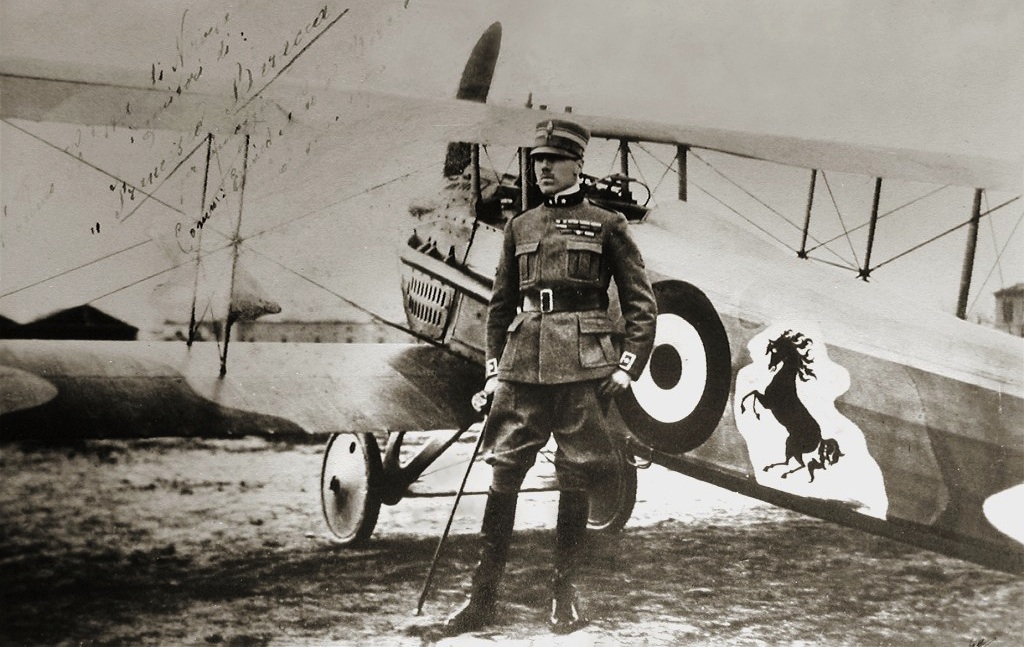
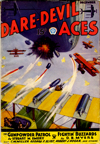
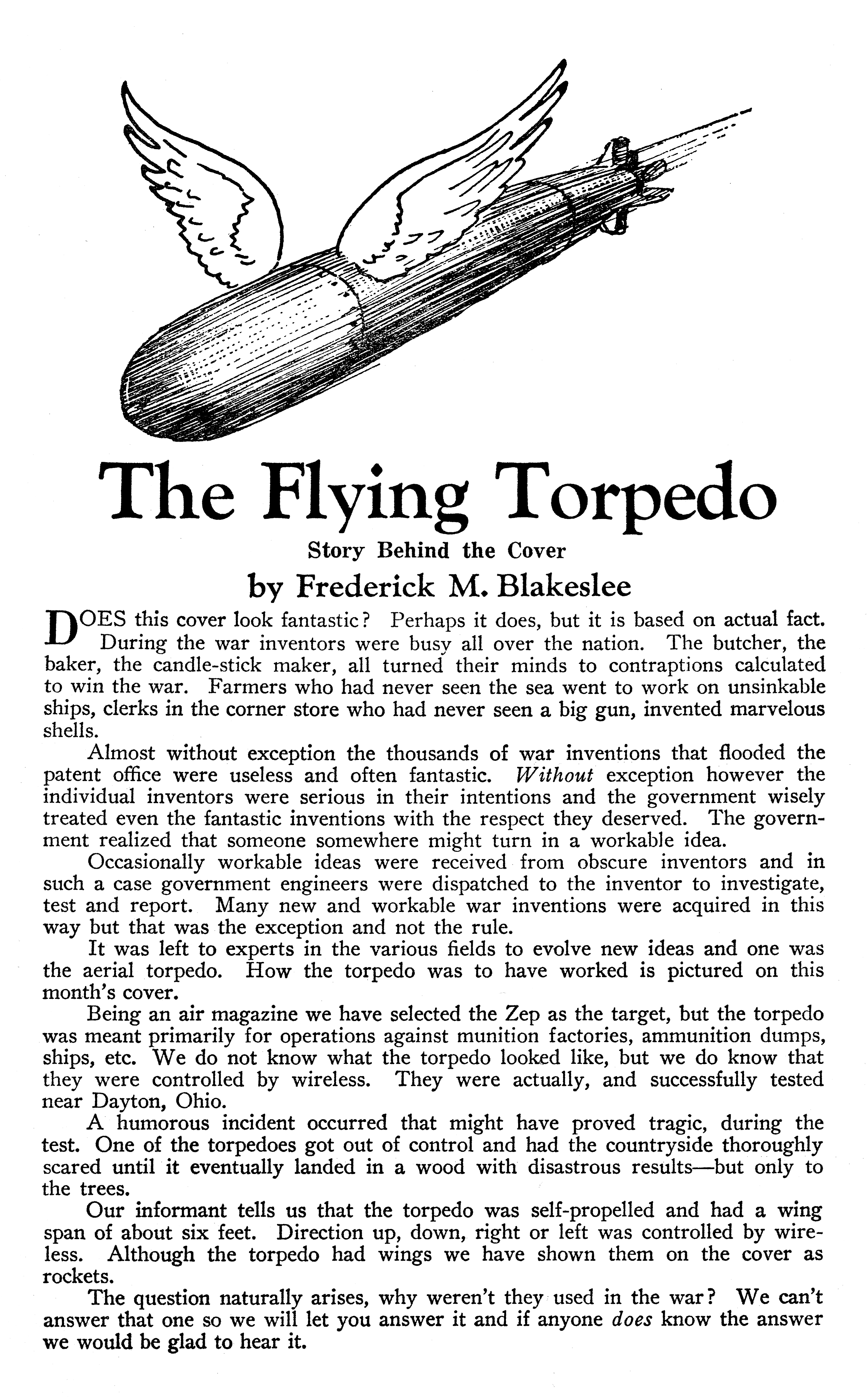
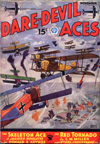
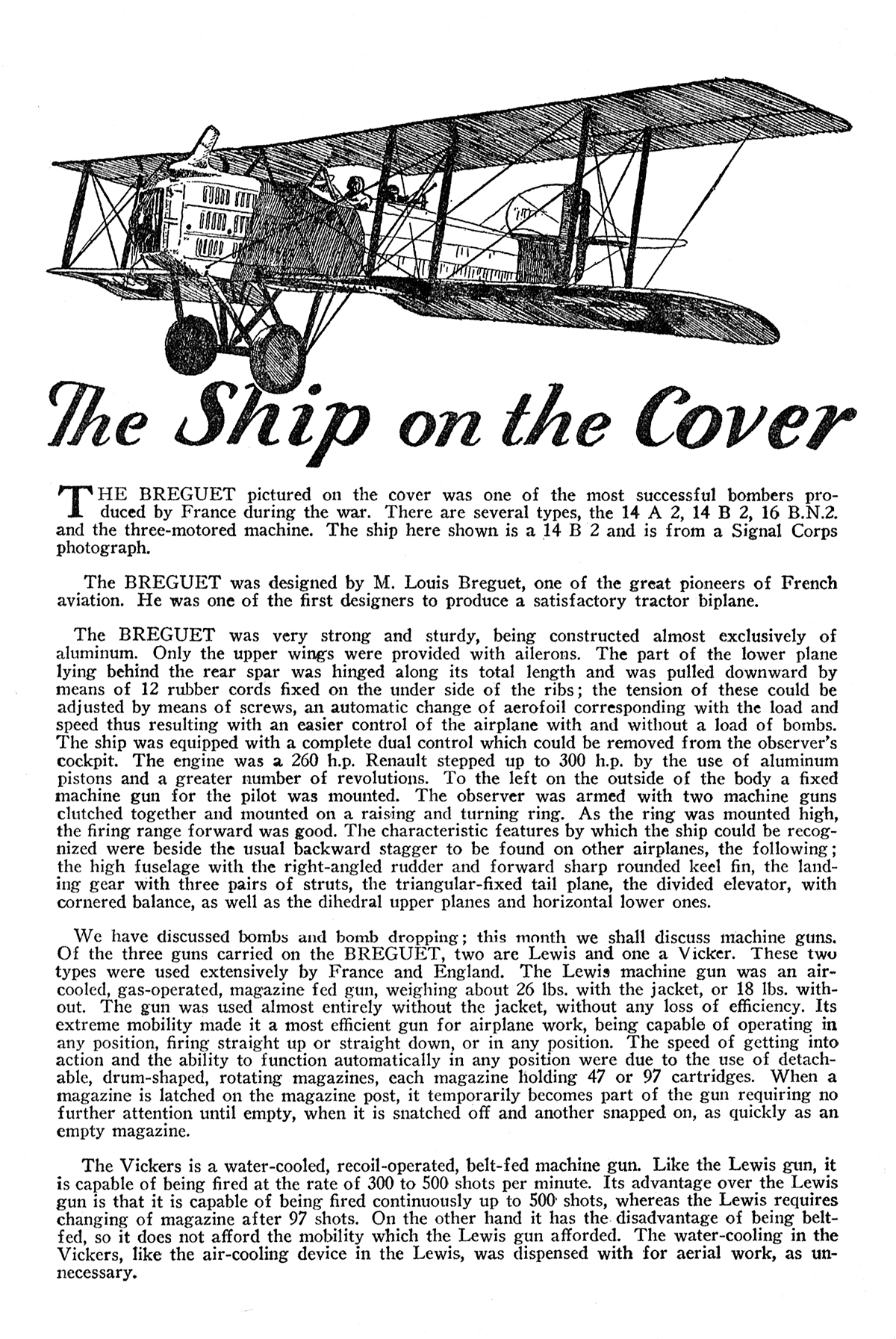
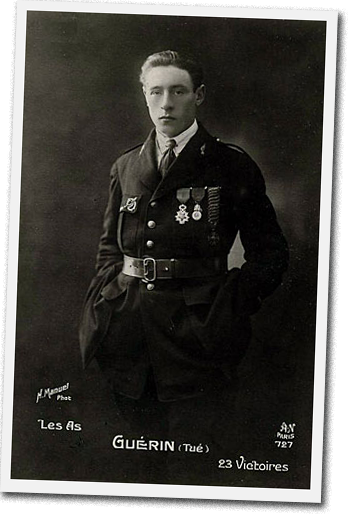 of
of